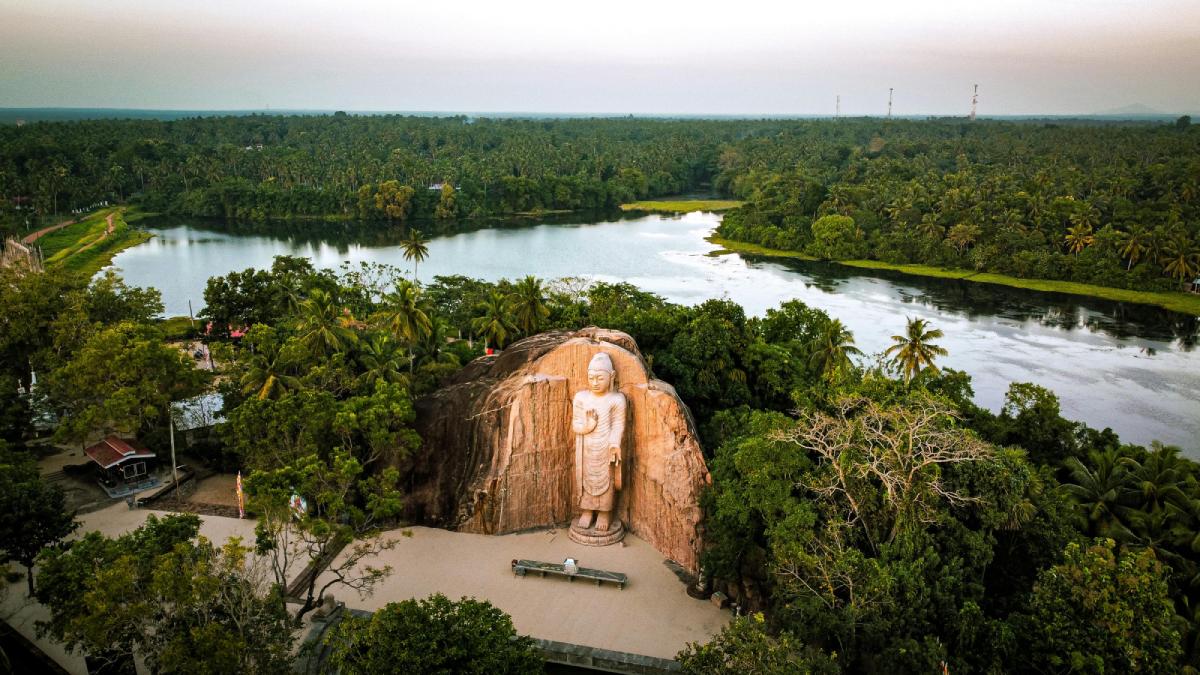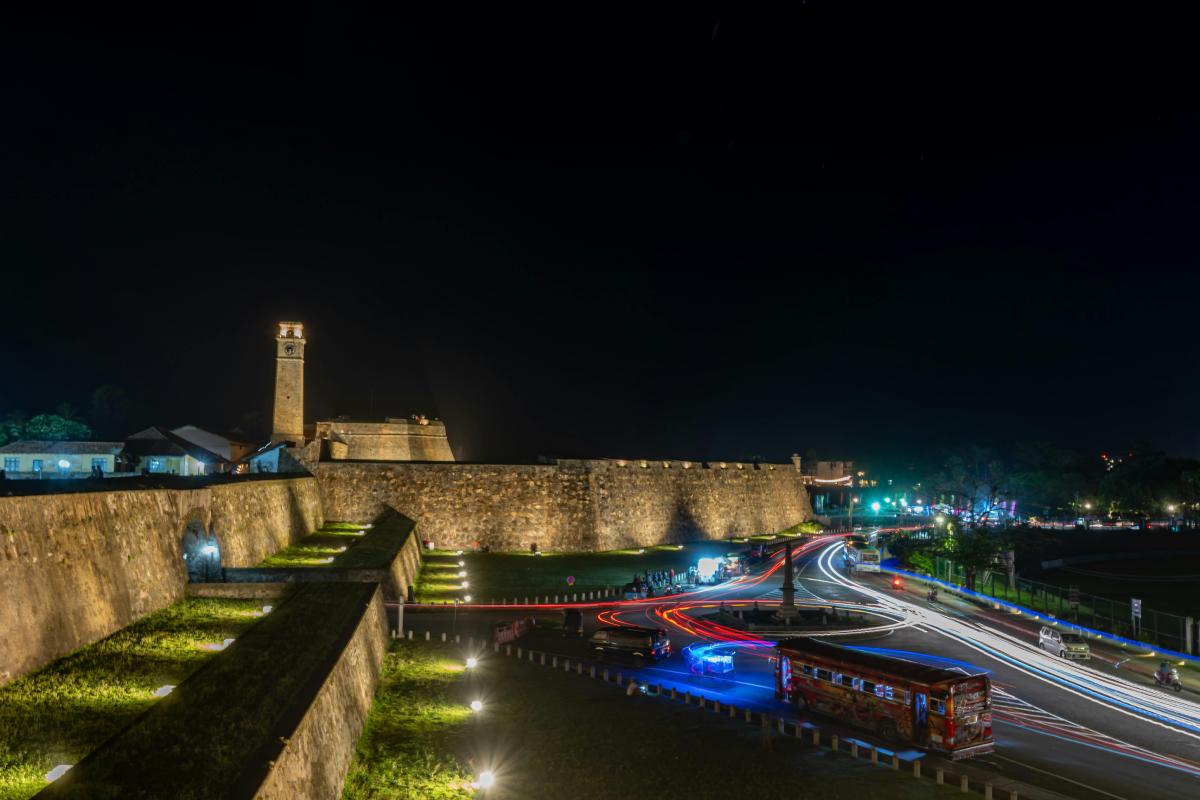Nestled on the southeastern coast of Sri Lanka, Arugam Bay stands as one of the island nation’s most captivating destinations. This crescent-shaped bay, with its perfect waves, laid-back atmosphere, and stunning natural surroundings, has evolved from a hidden gem to a world-renowned surf spot while still maintaining its authentic charm and tranquility. Arugam Bay for Surfers and Nature Lovers.
A Surfer’s Paradise – Arugam Bay for Surfers and Nature Lovers
Arugam Bay’s international reputation primarily stems from its exceptional surfing conditions. Recognized as one of the top surf spots in Asia, the bay offers multiple breaks catering to all skill levels, from beginners to professional surfers. The main point break at Arugam Bay provides long, consistent right-hand waves that can extend for up to 400 meters on good days.
What makes Arugam Bay particularly special for surfing enthusiasts is its reliable wave season. From April to October, when the southwest monsoon hits the western coast of Sri Lanka, Arugam Bay enjoys relatively dry weather and perfect swells. This predictability has made it a fixture on the international surfing circuit, with the bay occasionally hosting World Surfing League qualifying events.
Beyond the main point break, nearby surf spots like Whiskey Point, Pottuvil Point, and Elephant Rock offer variety for surfers looking to explore different waves. Each spot has its own character: Whiskey Point is ideal for intermediate surfers, Pottuvil Point offers powerful waves for the more experienced, and Elephant Rock provides gentler conditions perfect for beginners taking their first lessons.
Beyond the Waves: Natural Wonders
While surfing may be Arugam Bay’s main attraction, the area’s natural splendor extends far beyond its shores. The region is blessed with diverse ecosystems, from pristine beaches and lagoons to dense jungles and national parks, all within easy reach of the bay.
Kumana National Park
Just a short journey from Arugam Bay lies Kumana National Park (formerly known as Yala East), a lesser-known but equally magnificent alternative to the more famous Yala National Park. Kumana is renowned for its bird sanctuary, where thousands of migratory and resident birds gather around the Kumana Villu, a 200-hectare mangrove swamp.
Visitors to Kumana can witness an impressive array of wildlife, including elephants, leopards, sloth bears, and countless bird species such as painted storks, herons, egrets, and the rare black-necked stork. The park’s relative obscurity compared to Yala means fewer crowds and a more intimate wildlife viewing experience.
Lagoon Safari in Pottuvil
The nearby Pottuvil Lagoon offers one of the most peaceful experiences in the region. Early morning or late afternoon boat safaris through the mangrove-fringed waterways provide opportunities to spot crocodiles, monitor lizards, and numerous bird species. The serene atmosphere, with fishermen casting their nets using traditional methods, offers a glimpse into local life that has remained largely unchanged for generations.
Elephant Rock and Crocodile Rock
These iconic natural formations near Arugam Bay aren’t just named for their resemblance to the animals – they’re also excellent vantage points. Elephant Rock, a short hike from the main beach, rewards climbers with panoramic views of the coastline and surrounding countryside. It’s particularly spectacular at sunrise or sunset when the golden light bathes the landscape.
Panama Tank and Nearby Villages
A bit further south lies Panama, a traditional fishing village adjacent to a large tank (reservoir) that attracts diverse wildlife. The journey itself through rice paddies and rural landscapes provides insight into Sri Lanka’s agricultural heritage and the simple way of life that prevails in the eastern regions.
Cultural Heritage and Community
Arugam Bay and its surroundings offer a fascinating cultural mosaic that reflects Sri Lanka’s diverse heritage. The area is home to a mix of Sinhalese, Tamil, and Muslim communities, each contributing to the unique character of the region.
The nearby town of Pottuvil provides a glimpse into traditional Sri Lankan Muslim life, with its colorful mosques and distinct cultural practices. Further inland, ancient temples and archaeological sites hint at the area’s long history as part of various Sri Lankan kingdoms.
Perhaps most striking about Arugam Bay is how the local community has adapted to tourism while preserving their traditional way of life. Fishermen still set out in their colorful boats each morning, returning with the day’s catch that will later be served in local restaurants. Rice farmers continue to tend to their paddies, and traditional crafts remain an important part of the local economy.
The Rhythm of Life in Arugam Bay
Unlike some of Sri Lanka’s more developed tourist destinations, Arugam Bay moves to a distinctly relaxed rhythm. The small town consists primarily of one main road running parallel to the beach, lined with guesthouses, restaurants, and surf shops.
Seasons and Cycles
Life in Arugam Bay follows a clear seasonal pattern. During the surf season (April to October), the bay comes alive with international visitors, and the atmosphere buzzes with energy. Surf competitions, beach parties, and cultural events create a vibrant scene that balances excitement with the area’s inherent tranquility.
When the northeast monsoon arrives (November to March), many businesses close as tourism slows down. This off-season period allows the community to rest, recuperate, and prepare for the next influx of visitors. For travelers seeking absolute serenity and willing to trade perfect waves for peace and quiet, this period offers a different but equally rewarding experience of Arugam Bay.
Culinary Delights
Arugam Bay’s food scene beautifully reflects its multicultural heritage and coastal location. Fresh seafood dominates many menus, often prepared with distinctive eastern Sri Lankan spices and techniques. Traditional rice and curry meals feature prominently, with local specialties like jackfruit curry and coconut sambol adding unique flavors.
In recent years, the bay’s international influence has led to a diverse culinary landscape where traditional Sri Lankan dishes share menu space with Mediterranean platters, healthy smoothie bowls, wood-fired pizzas, and fusion creations. Many restaurants emphasize sustainability, sourcing ingredients locally and reducing plastic usage.
Sustainable Tourism and Conservation Efforts
As Arugam Bay’s popularity has grown, so too has awareness about the importance of preserving its natural beauty and cultural integrity. Local and international organizations work together on beach clean-up initiatives, turtle conservation projects, and educational programs for both tourists and locals about environmental protection.
Several eco-friendly accommodations have emerged, utilizing solar power, rainwater harvesting, and sustainable building materials. Community-based tourism initiatives ensure that economic benefits reach local families rather than being concentrated in the hands of outside investors.
The challenge of balancing development with conservation remains ongoing, but the community’s commitment to sustainable growth offers hope that Arugam Bay can avoid the environmental pitfalls that have affected other popular destinations.
Practical Information for Visitors
Getting There
Arugam Bay is approximately 320 kilometers from Colombo. The journey by road takes 8-10 hours, with routes either through the scenic central highlands via Ella or along the southern coast. For those short on time, domestic flights operate from Colombo to Batticaloa, followed by a two-hour drive to Arugam Bay.
Accommodation
Accommodation options range from basic beach cabanas and hostels catering to budget travelers and surfers to boutique hotels and luxury eco-resorts offering high-end amenities. Most places are small, family-run establishments rather than large resort complexes, contributing to the area’s intimate feel.
Best Time to Visit
For surfers, the period from May to September offers optimal conditions, with July and August typically seeing the best waves. Nature enthusiasts might prefer the shoulder seasons (April-May or September-October) when wildlife is abundant but tourist numbers are lower. The off-season (November to March) brings occasional rain but offers a more authentic glimpse of local life without the crowds.
The Resilient Spirit of Arugam Bay
Arugam Bay’s journey to becoming a beloved destination has not been without challenges. The area was heavily affected by the 2004 Indian Ocean tsunami, which caused significant damage and loss of life. The eastern regions also experienced the effects of Sri Lanka’s civil conflict, which ended in 2009.
What stands out about Arugam Bay is the remarkable resilience of its community. After the tsunami, international surfers and previous visitors rallied to support rebuilding efforts. This spirit of cooperation between locals and international well-wishers created strong bonds that continue to define the bay’s welcoming atmosphere today.
The end of the civil conflict opened eastern Sri Lanka to tourism development that had previously been concentrated in other parts of the island. This relatively recent emergence on the mainstream tourist map has allowed Arugam Bay to learn from both the successes and mistakes of other destinations, implementing more sustainable approaches from the start.
Looking to the Future
As Sri Lanka continues to establish itself as a premier tourist destination, Arugam Bay faces both opportunities and challenges. Improved infrastructure and accessibility will bring economic benefits but also increase pressure on natural resources. The growth of large-scale developments could threaten the bay’s laid-back character if not managed carefully.
What gives cause for optimism is the strong environmental consciousness among both locals and regular visitors who cherish Arugam Bay precisely for what it is—a place where nature’s splendor remains accessible and relatively unspoiled. Community-led initiatives to protect the coastline, regulate development, and preserve cultural heritage suggest that Arugam Bay understands what makes it special.
Conclusion
Arugam Bay represents the perfect synergy of natural beauty, cultural richness, and authentic experience that many travelers seek but rarely find. Whether you’re riding the perfect wave, observing elephants in their natural habitat, or simply enjoying a beachside sunset, Arugam Bay offers moments of connection with nature and culture that remain long after the journey ends.
In a world where overtourism threatens many beloved destinations, Arugam Bay stands as a reminder that sustainable, community-focused tourism can create positive experiences for both visitors and locals. This small bay on Sri Lanka’s eastern shore may have gained international recognition for its waves, but its true magic lies in the harmonious balance it maintains between development and preservation, excitement and tranquility, global influence and local tradition.
For those willing to make the journey to this corner of Sri Lanka, Arugam Bay promises not just a destination but a perspective—a glimpse of how tourism could and should work when communities, nature, and visitors exist in balance.


